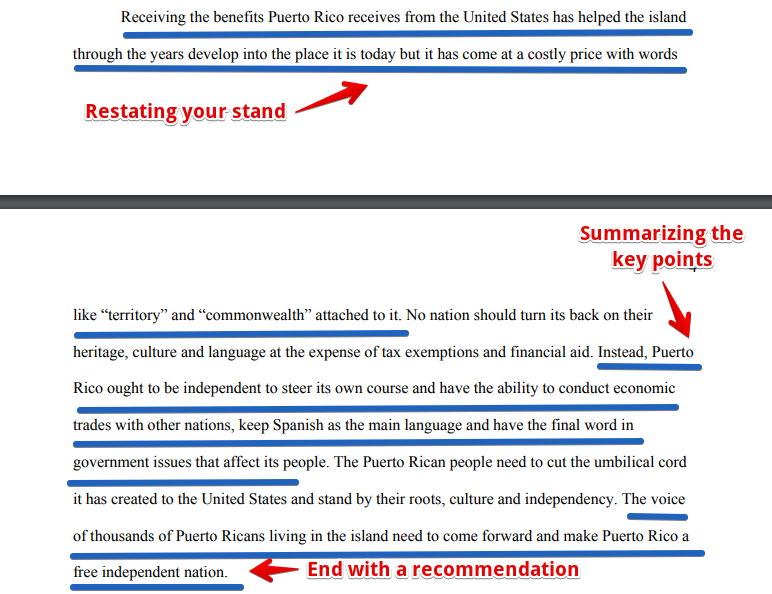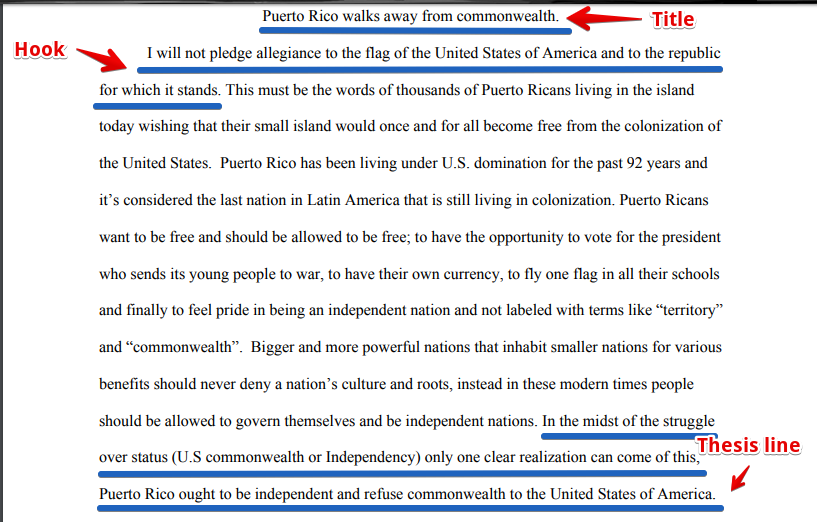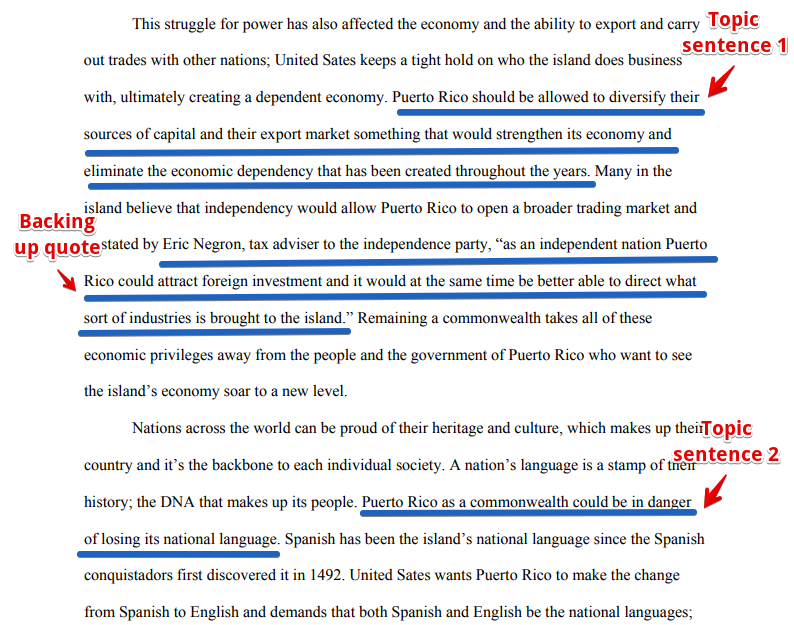Are you tired of tutor comments for rework while writing a persuasive essay? Are you a university or high school student trying to figure out ways to approach your next persuasive essay written assessment? Then this blog will help you to plan your approach with an easy to execute guideline to go about the essay.
Getting rid of commonly made errors and learning through sample essays as examples will add the 30-min upgrade your essay badly needs. Let’s find out how you can benefit from this ultimate guide to persuasive essay writing.

How Is A Persuasive Essay Different?
A persuasive essay explains a topic and attempts to persuade the audience that this viewpoint is well-versed and valid.
1. Starting point – Choose the topic and select your side (keep your topic debatable)
2. Purpose – Convince your reader to support your ideology
3. Techniques –
• Pathos – Appeal to the reader’s emotions with relevant facts
• Ethos – Appeal to the writer’s credentials and trustworthiness
• Logos – Appeal to the logic based on the topic
4. Opposing views – Lay substantial claims on opposing perspectives
5. Tone – Emotionally charged and insistent
9 Steps To Write A Persuasive Essay
1. Read and understand the prompt or writing directions
Before you begin, know what exactly you are being asked to write about. Break it down into –
- Your stand on the topic
- Support your decision with examples and relevant instances
- Predict and address the reader’s concerns and arguments
- Take note of grammar, punctuation and spelling
2. Decide on topic or issue
When given a choice, opt for something that you strongly connect to or are proficient enough to discuss. If the topic is stated explicitly, spend some time to figure out the best way to approach it. Find similar samples on the internet to understand the flow of the essay.
3. Research your topic
The key to a persuasive essay is detailed and compelling evidence. Do not just rely on your experiences and knowledge. Look beyond and search for subject matter experts in the specific field along with well detailed explanations in books, online guides or even people who specialize in that field.
4. Make a list of pros and cons for your issue
Pros
- Reason why your idea stands apart
- How it will strike a note with the reader
- Importance of discussing the topic
Cons
- Reason why your audience might not like it
- Will it leave a negative impact on the reader
5. Choose your position by writing it in the form a thesis statement
Know which side of the argument you will write about. Be clear about the solution you will offer to the preceding problem. Write your thesis statement such that it opposes your viewpoint. This is your statement of purpose. Keep it short yet strong enough to lay the foundation of your essay. Thus you make it debatable and your essay caters to both sides of the topic
6. Create the essay outline or structure
This is the most important heading in this section. Building a clear, well connected essay outline will make it easy for you to structure the draft.
The Introduction
- Get the reader’s concentration with a ‘hook’
- Provide an overview of the topic
- Share some background information if deemed necessary
- Close with a strong thesis statement
The Body
- Divide the body paragraphs to discuss one point of supporting evidence in each
- Each argument should provide considerable detail. Each argument must contain
- Topic statement illuminating your point of view
- Substantial acknowledgment of the opposing case
- Elaboration to back up your original point
- Influential ending
The Opposing View
- Describe the counter argument to your topic
- Refute the contrasting points
- Back up your rebuttal
The Conclusion
- Summary of the main arguments
- Reinforce the thesis statement
- End with a call to action or personal comment
- With the outline in place, here are a few more points to keep in mind while drafting each section.
Now let us understand each section in more depth, so that you can understand, what your professor is expecting from each of these sections.
Introductory Paragraph
The introductory section should begin with what is called a ‘hook’ statement that immediately captures the reader’s attention. Open with an uncommon fact, a famous quotation, general statistic, an empathetic statement or an intriguing question. For example,
A famous quotation – Oscar Wilde said, “Ambition is the last refuge of the failure.”
A strong statement – “Driving while talking on a cell phone, even hands-free, is the equivalent of driving drunk.”
A question – “Do you realize that newspapers are losing their business due to the surge of the internet?”
The introduction should also include a thesis statement. This one liner would dictate the purpose of your essay, along with strongly restating the side you choose to address throughout your discussion. Keeping your thesis statement debatable leaves your reader open to choosing their side and helps you in your counter statements
Body Paragraphs
The body paragraphs should be divided in a manner such that each section focuses on a separate point. Keep at least three main paragraphs. Provide clear set of evidences validating each instance stated and back them up with relevant facts, statistics, quotes and examples. Each paragraph should be thus based on a strong point that backs up your original thesis statement. Do not assume that your reader knows everything. Define expressions and provide background information about important topics.
Suggestions on writing affluent paragraphs
- Begin each paragraph with a topic sentence that explains your position, stating the reason that supports your stand. Provide necessary explanations and elaborate accordingly.
- In persuasive writing, include a concession in each paragraph, which is an acknowledgement of the validity of the opponent’s point. Concessions portray the writer’s understanding that there is more than one view to the same idea.
- Use transitions between lines to serve as prompts for the reader.
Opposing View Paragraph
Adding to your body paragraphs, devote a section to discuss the counter arguments by foreseeing the contrasting perspectives along with the key points in the essay. This is highly recommended as it shows the reader that you have considered another viewpoint and presented your rebuttal against it.
Concluding Paragraph
In the conclusion, begin by restating your stand on the argument. This tells your reader once again what they are supposed to finally believe in. Furthermore, summarize all the major points discussed in your essay. End the discussion with a call to action or a personal comment. The closing line can be a prediction discussing results of similar situations, a plea to bring about a change, a question to incite thoughts in the readers, or a recommendation suggesting certain actions from the reader, or a famous quotation that leaves the audience thinking

7. Review your essay draft
Always review your document. Here are the two things to take into account.
Improve upon your flow of arguments
Once the draft is ready, give your essay a critical first reading. Look for loopholes and points that stray away from the main subject matter under discussion. Rearrange and rewrite your arguments such that each point elaborates to back up your central idea. Keep the following reflections in mind.
- Does the essay present a solid hold on the issue?
- Have you backed it up with relevant examples, statistics, facts, examples?
- Does your thesis present the strongest argument?
- Does the beginning ‘hook’ cater to the audience’s interest?
- Does each paragraph present gripping data revolving around the central supporting idea?
- Has the opposing view been convincingly offered and rebutted?
- Does the end describe a comprehensible call to action?
- Have you used varied sentence structures and transitional phrases?
Improve upon transition signals
Transition signals are phrases and words that enhance ideas and throw light upon how they are related. For example,
- To state a new idea in addition to an existing one, use – similarly, besides, further, also, in addition to, moreover
- To repeat a thought just stated – again, in other words, that is
- To declare a contrasting ideology – however, nevertheless, still, yet, in spite of, on the contrary
- To depict cause and effect – as a result, therefore, accordingly, hence
- To conclude a point – to sum it up, on the whole, in brief
8. Get a peer review from a friend
Ask a friend to go through the rough draft and see if they can understand your flow of arguments. Give them this set of questions to show if your essay makes sense.
- What is your thesis statement?
- Is the thesis explanation clear?
- What are the main arguments in your essay?
- Is each point backed up well?
- What is the opposing argument?
- What is the final solution proposed?
9. Check for plagiarism & remove matching content
Plagiarism is one the common mistakes every writer tends to make knowingly and unknowingly. Only when we understand why students plagiarize paper submissions, we can effectively avoid it. Here are 3 ways to avoid them.
- Avoid falling prey to plagiarism by using software’s like Writecheck’s Plagiarism Checker which points out both English grammar mistakes and plagiarized content.
- Paraphrasing your sentences bring out your originality and is one of the best ways to keep copying under check.
- Reference ideas that you need to directly quote from a source, giving credit to the author and still exuberating the fact that this work is your own.
Common Mistakes To Avoid While Writing A Persuasive Essay
That looks like a complete guide to writing your next persuasive essay, doesn’t it? But wait, we have more for you. After having worked so hard creating your draft, I’m sure you would like to know what the mistakes you should steer clear of while penning down your thoughts. Here are 3 frequent errors seen in persuasive writing:
Forgetting the audience
The moment you know the topic, your first decision should be to choose your audience. Every sentence in your essay must cater to your reader’s emotion, authority and logic. Know what the problem is in hand and what solution can you reinforce in the system to bring about a change. You choice of readers also determines the tone used in your article.
Ignoring logos
While is it surely essential to capture the pathos and ethos in your writing, complete ignorance of logos deteriorates your credibility as a writer. Backing up your emotional sentence with a strong logic to support it brings out a solution outlook to your essay, which is your final objective.
Relying on faulty logic
Do not include facts without being completely sure of the source. Fallacies can throw negative light on the efforts taken by the writer to make the piece. You might use it accidentally, or might include it in purpose to influence the reader and misguide them. Recheck your data before putting it down in your essay.
Persuasive essay samples
- Divorce – Monash University
- The legalization of Gambling: A question of friend or foe? – Athabasca University
- Single parent struggle – Mesa Community College
- Bullies are criminals – Twelve Bridges Middle School
- Drugs are never right – Teen Ink
- Family – Imperial Institute
- Genetic engineering in human beings – Migrant Institute
- The battle of the sexes – Natural Therapies institute
- Evolution vs. creationism – Penn State University
- Don’t lose hope – Forbes
Sources of Good Topics For Persuasive Essays
- Top 101 best persuasive essay topics in 2017
- Sample persuasive essay topics
- Persuasive essay and speech topics
- 20 persuasive topics to help you get started
- List of persuasive topics






 WhatsApp Us
WhatsApp Us